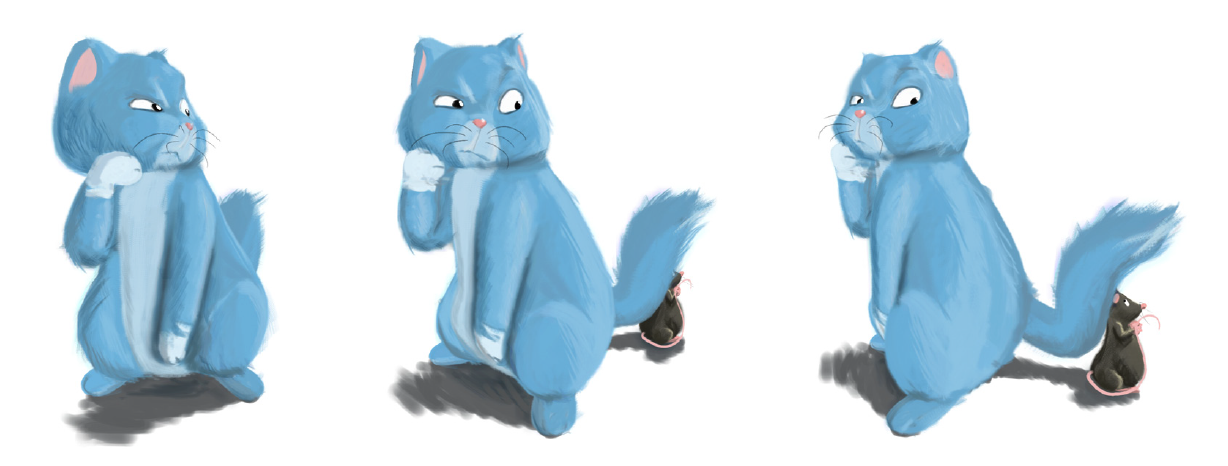OverCoat: An Implicit Canvas for 3D Painting
We present a technique to generalize the 2D painting metaphor to 3D that allows the artist to treat the full 3D space as a canvas.
August 7, 2011
ACM SIGGRAPH 2011
Authors
Johannes Schmid (Disney Research/ETH Joint PhD)
Martin Sebastian Senn (Disney Research/ETH Joint PhD)
Markus Gross (Disney Research/ETH Zurich)
Robert W. Sumner (Disney Research)
OverCoat: An Implicit Canvas for 3D Painting
Strokes painted in the 2D viewport window must be embedded in 3D space in a way that gives creative freedom to the artist while maintaining an acceptable level of controllability. We address this challenge by proposing a canvas concept defined implicitly by a 3D scalar field. The artist shapes the implicit canvas by creating approximate 3D proxy geometry. An optimization procedure is then used to embed painted strokes in space by satisfying different objective criteria defined on the scalar field. This functionality allows us to implement tools for painting along level set surfaces or across different level sets. Our method gives the power of fine-tuning the implicit canvas to the artist using a unified painting/sculpting metaphor. A sculpting tool can be used to paint into the implicit canvas. Rather than adding color, this tool creates a local change in the scalar field that results in outward or inward protrusions along the field’s gradient direction. We address a visibility ambiguity inherent in 3D stroke rendering with a depth offsetting method that is well suited for hardware acceleration. We demonstrate results with a number of 3D paintings that exhibit effects difficult to realize with existing systems.

